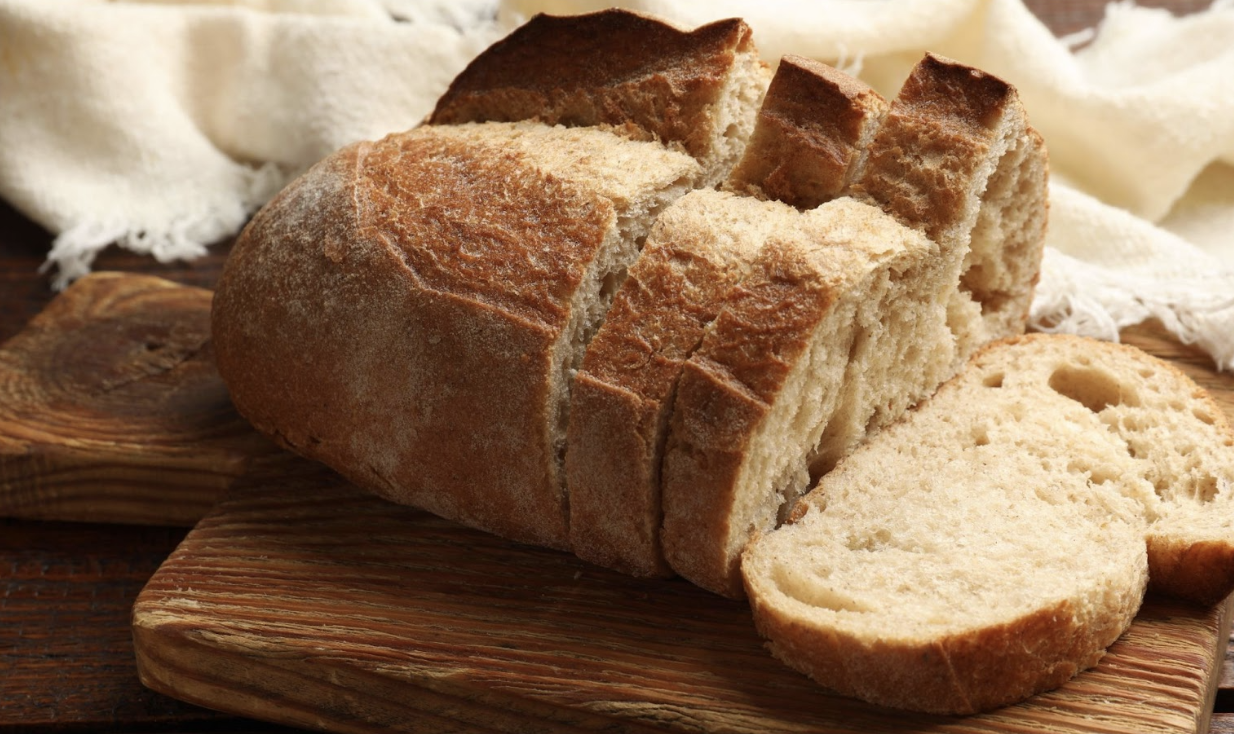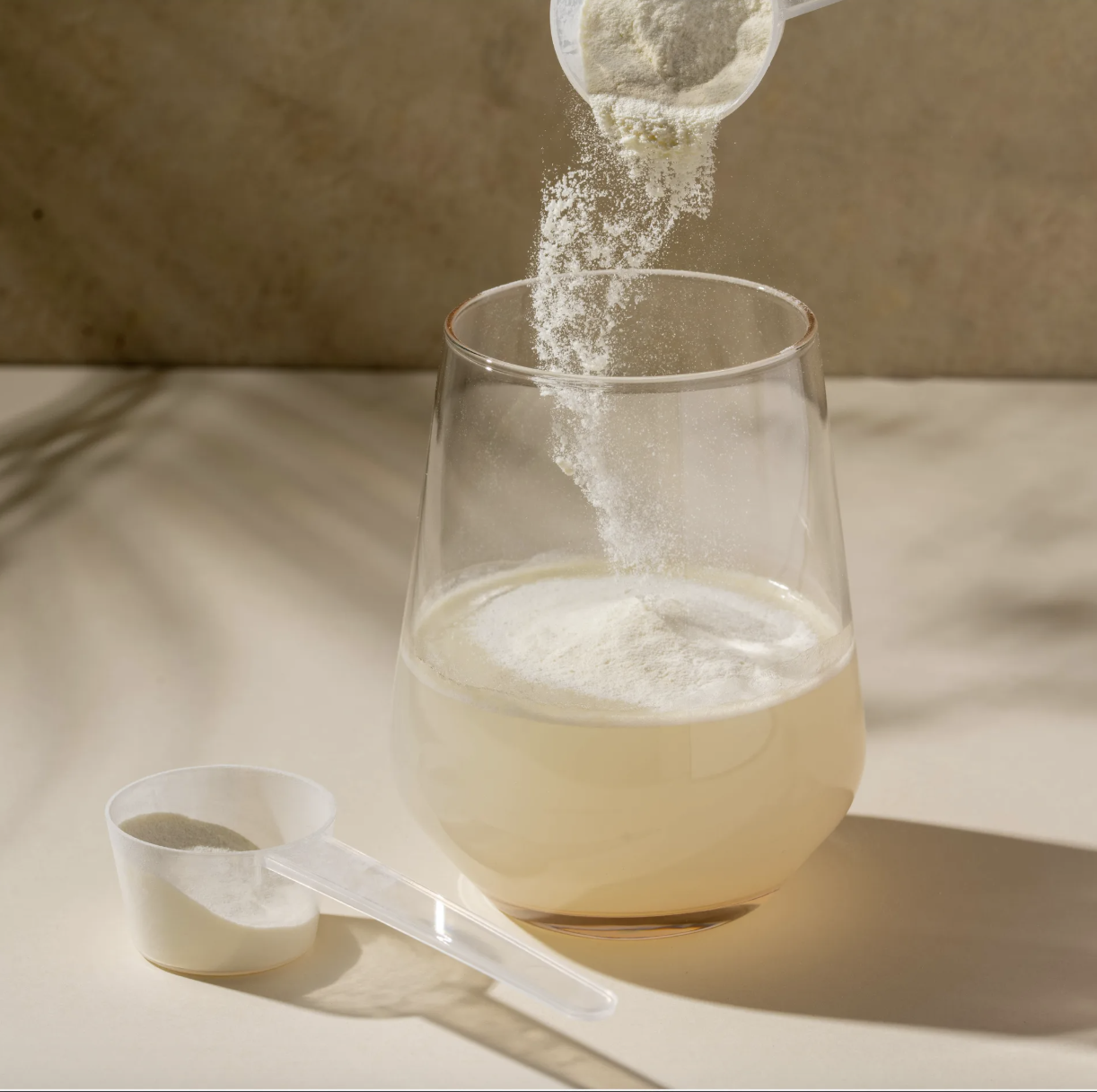Dietary Tips
How Freezing Bread Boosts Its Nutritional Profile
What if your freezer could make bread better for you? The science behind this simple kitchen trick might surprise you.

Bread. 🍞 It’s beloved, buttery, blissful, and…optimized by sub-zero temperatures. While this sounds like half-baked nonsense, there is a real mechanism behind it.
When bread is frozen, the starches inside undergo a chemical process called “retrogradation.” They reorganize into a form called resistant starch.
The difference is significant:
Regular starch is digested in the small intestine into glucose. This causes rapid blood sugar spikes followed by energy crashes.
Resistant starch skips that step and arrives in the colon undigested, where it feeds good gut bacteria. It acts as a fiber, which may help stabilize your blood sugar (and energy) levels, improve digestion, and lower cholesterol.
Has Science Tested Frozen Bread?
Sure has. A 2007 study put this to the test by giving 10 volunteers the same white bread prepared four different ways:
- Fresh
- Toasted
- Frozen and defrosted
- Frozen, defrosted, then toasted
The verdict? All three modified preparation methods significantly lowered blood sugar compared to fresh bread. But the freeze-thaw-toast combo was the winner.
- Doctor’s Note: This was a small study, so we can’t draw sweeping conclusions from it alone. Further research is needed.
Which Bread is Best to Freeze?
Before you toss any loaf in the freezer, let’s cover which bread is best. There’s a world between ultra-processed white bread and nutrient-dense options:
- Best: Sprouted Whole-Grain Breads:
“Sprouted” means the grains were allowed to start germinating before being made into flour. This process lets your body better absorb minerals like iron, zinc, magnesium, and protein.
Sprouted breads also tend to be higher in fiber, helping you reach that daily goal of 30-35 grams.
- Great: Whole-Grain Rye:
Rye is rich in thick, gel-forming fibers called arabinoxylans, which can blunt post-meal insulin spikes and support heart health. Go for bread labeled “100% whole rye” instead of light rye that’s made mostly with wheat.
- Good: Sourdough
Thanks to fermentation, sourdough tends to have a lower glycemic index than most breads. It also has lactic acid bacteria, which can slow starch digestion and improve mineral absorption (very important as we get older and have to prioritize bone health). Real sourdough bread has only three ingredients: salt, water and wheat.
- Last: Standard White Bread
No surprise here. Ultra-processed white bread is the lowest in fiber and most likely to spike glucose if eaten fresh.
If white bread is what you have (or it’s the only bread your kids will touch), the freeze-thaw-toast method gives it a small upgrade. And it’s important to note: white bread is not the devil. It’s more important what you eat WITH the bread in many cases!
A Mini Bread Freezing Guide
If you’re in the bread aisle feeling like you need a nutrition degree to decode the labels, here’s your cheat sheet:
- At least 3 grams of fiber per slice.
- Less than 180 milligrams of sodium per slice.
- Look for “100% whole grain,” “sprouted whole grain,” or “whole rye” as the first ingredient (and not buried somewhere after preservatives).
- A carb-to-fiber ratio of 10:1 or better. (10 grams of carbs to 1 gram of fiber). The holy grail is closer to 5:1, which is what you’ll find in truly whole-grain or sprouted breads.
Last Few Things to Remember
You don’t have to freeze your bread for months to get the full benefit. (Thank goodness.) Studies show resistant starch levels max out after about 7 days in the freezer.
But nerding out over freeze-thaw-toast combos and optimal freezing windows isn’t the full picture. It should be a bonus on top of your fundamentals: exercise, sleep, and what you put on your bread.
For example, protein and healthy fat. In The Wellness Experiment, we have tons of recipes to upgrade bread, from adding smoked salmon on rye to mashed avocado spread across sourdough.
At the end of the day, this is bread, not broccoli. Pair your bread wisely, keep the portions reasonable, and choose whole grain or sprouted. The freezer trick is just the cherry on top.


